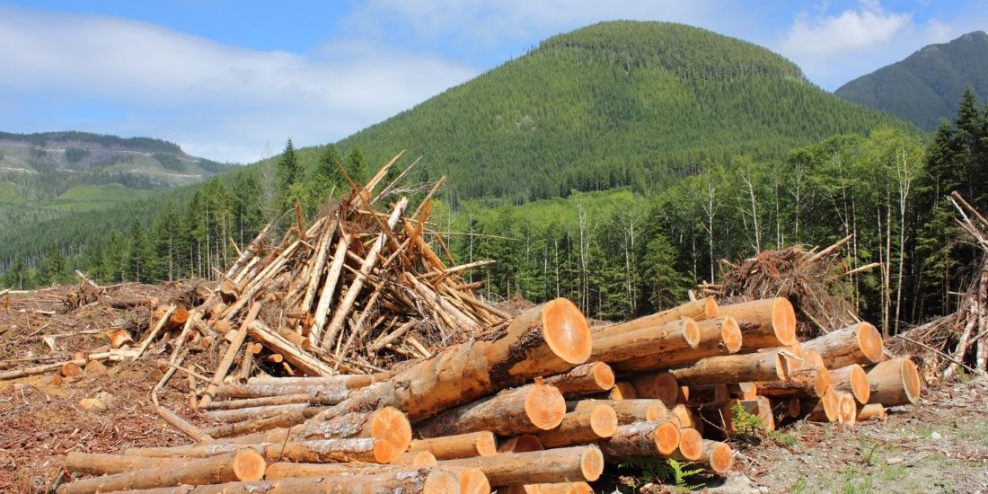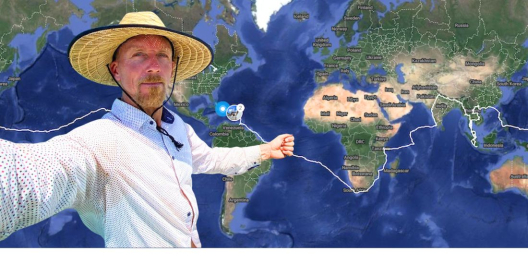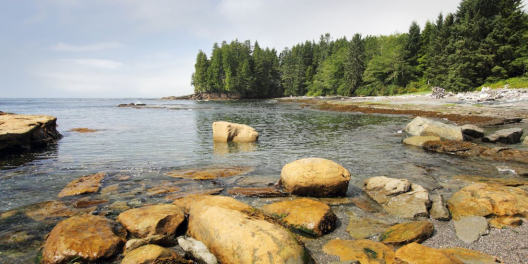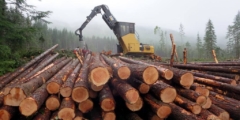Forestry is a vital part of VanIsle’s industry.
But if we want to keep the industry sustainable, we need to be honest about how it affects our environment.
The federal government apparently missed that memo.
According to a new analysis, they’re trying to hide how much carbon Canada’s forestry industry actually produces.
“Canada is taking credit for carbon removal from vast forests that have never been logged as a way of masking emissions,” said Michael Polanyi of Nature Canada.
A report by Nature Canada and the Natural Resources Defense Council used federal data to find out how much carbon is emitted by Canada’s forestry sector.
The federal government says that, between logging and growing forests, forestry in Canada doesn’t really produce any greenhouse gas emissions. They say all those growing forests suck up carbon and cancel out the emissions. Even Steven. Net zero.
But the new report says the government leaves out key factors that emit carbon. Including wild fires.
And events like forest fires boost the country’s greenhouse gas emissions. By a lot.
But then, when those same burnt forests grow back, the government takes credit for all the carbon the forests store.
Wait, so they don’t want the bad stuff from the forests, but they’ll take credit for the good stuff?
How is that right?
So the report from Nature Canada used the same data that the federal government used to figure out that Canada’s logging and growing forests cancel each other out.
But they were a little more honest about it.
What did they find out? Canada’s forestry industry releases roughly 85 megatonnes of carbon emissions each year.
85 megatonnes is a lot more than net zero.
For perspective, Alberta oil sands emit about 70 megatonnes every year.
Is this why the federal government gets funny with the numbers? Because they recognize that they’re so bad?
Polanyi put it simply.
“The difference matters, because Canada can’t meet its climate change goals unless it has an accurate picture of where it’s starting from.”










